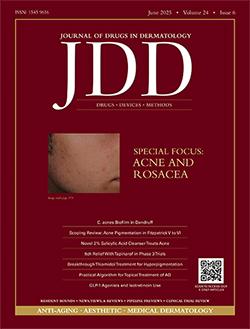Abstract
Acute exacerbations or flares are a key characteristic of atopic dermatitis (AD), often associated with sleep deprivation, as well as experiences of stigmatization, social withdrawal, anxiety, and depression. Local skin colonization with Staphylococcus aureus (SA) is a key contributor to AD, particularly to AD flares. Treating SA-driven active AD, especially in cases where skin that is secondarily infected complicates management, calls for a carefully balanced approach that serves to calm AD activity and clear local infection and SA related colonization.
The methodological approach included a systematic literature review to inform an expert panel before a face-to-face meeting to develop a practice-based algorithm for managing AD flares with or without secondary infection. A panel of nine experts in dermatology, including both Board-certified dermatologists and pediatric dermatologists, engaged in a discussion followed by an online review to refine the algorithm and to provide clear guidance on the topical treatment of flaring AD with or without AD skin that is secondarily infected. The algorithmic recommendations emphasize a need for therapy that addresses both skin inflammation and local SA colonization and/or infection, underscoring the unmet need for multi-targeted topical therapies such as zabalafin hydrogel, a novel approach under current investigation for persons with active AD, including flaring and secondary infected AD. This novel practice-based algorithm aims to improve outcomes for all AD patients, especially those with frequent flares or secondary infections and highlights the importance of balancing efficacy with antibiotic stewardship.
-With-or-Without-Secondary-InfectionF2.png)
No comments:
Post a Comment